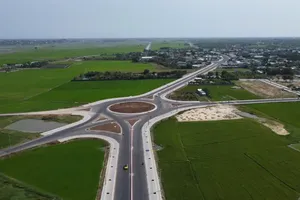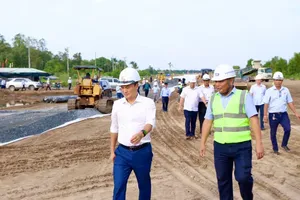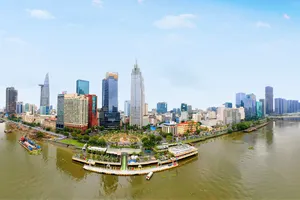According to the submission of the municipal People's Committee, Ho Chi Minh City projects that by 2030, the average housing floor area per capita will reach approximately 27 to 30 square meters, and by 2040, this figure is expected to rise to between 30 and 32 square meters.
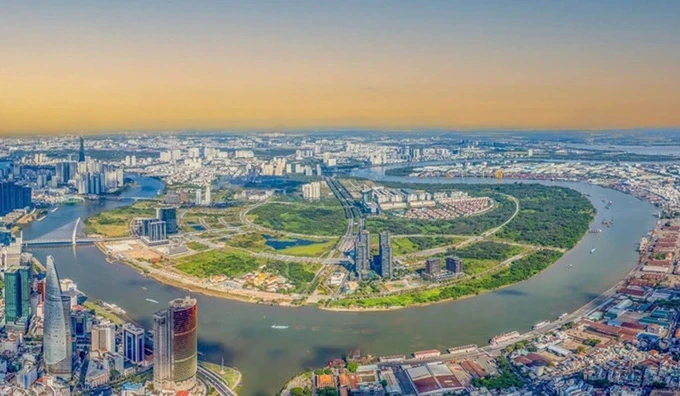
The city’s housing development strategy is closely aligned with urban expansion efforts, including the renovation, upgrading, and redevelopment of existing urban areas, with the goal of improving living conditions and the overall quality of life for both urban and rural residents.
Specifically, in existing residential zones, depending on the specific conditions of each area, the city will encourage land consolidation and land readjustment to enhance land use efficiency. This includes promoting greater building heights, increasing the proportion of open space in high-density areas, and upgrading both technical and social infrastructure to improve the quality of the living environment.
Concurrently, Ho Chi Minh City will implement stringent controls on land subdivision and regulate land use designations for residential zones within established central districts and densely populated areas. The focus will be on relocating and redeveloping houses along and on canal banks, prioritizing on-site resettlement where feasible.
Furthermore, the city will undertake the renovation and reconstruction of aging apartment complexes, developing solutions for balanced population distribution across planning zones. This approach aims to ensure an equilibrium between on-site development and the provision of essential social infrastructure, technical infrastructure, and green spaces.
For newly built residential areas, Ho Chi Minh City will develop apartment buildings that account for a large proportion of new housing construction types as well as encourage development according to a compact urban model, synchronous in social infrastructure, technical infrastructure; associated with the formation and expansion of areas with labor demand such as industrial parks, service centers, universities.
Concerning social housing initiatives, Ho Chi Minh City is developing integrated social housing zones, worker accommodations, and student residences in strategic alignment with the expansion of educational centers, industrial parks, and export processing zones within the city's designated development areas. The prioritization includes the creation of low-cost housing options and rental properties, dedicated housing construction for students, and the establishment of policy-based housing funds for social welfare brackets and those who contributed to the national revolutionary.
In rural residential areas, the city will regulate the expansion and construction of housing to ensure effective land use management in accordance with designated land use functions and to foster distinctive rural architectural styles. Furthermore, Ho Chi Minh City actively encourages the preservation and restoration of traditional housing architecture, alongside research and development into innovative housing models that are well-suited to local environmental conditions, production practices, and the imperative of climate change adaptation.









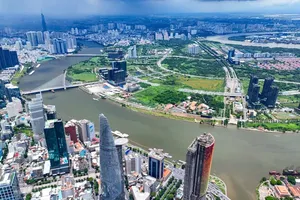



)

